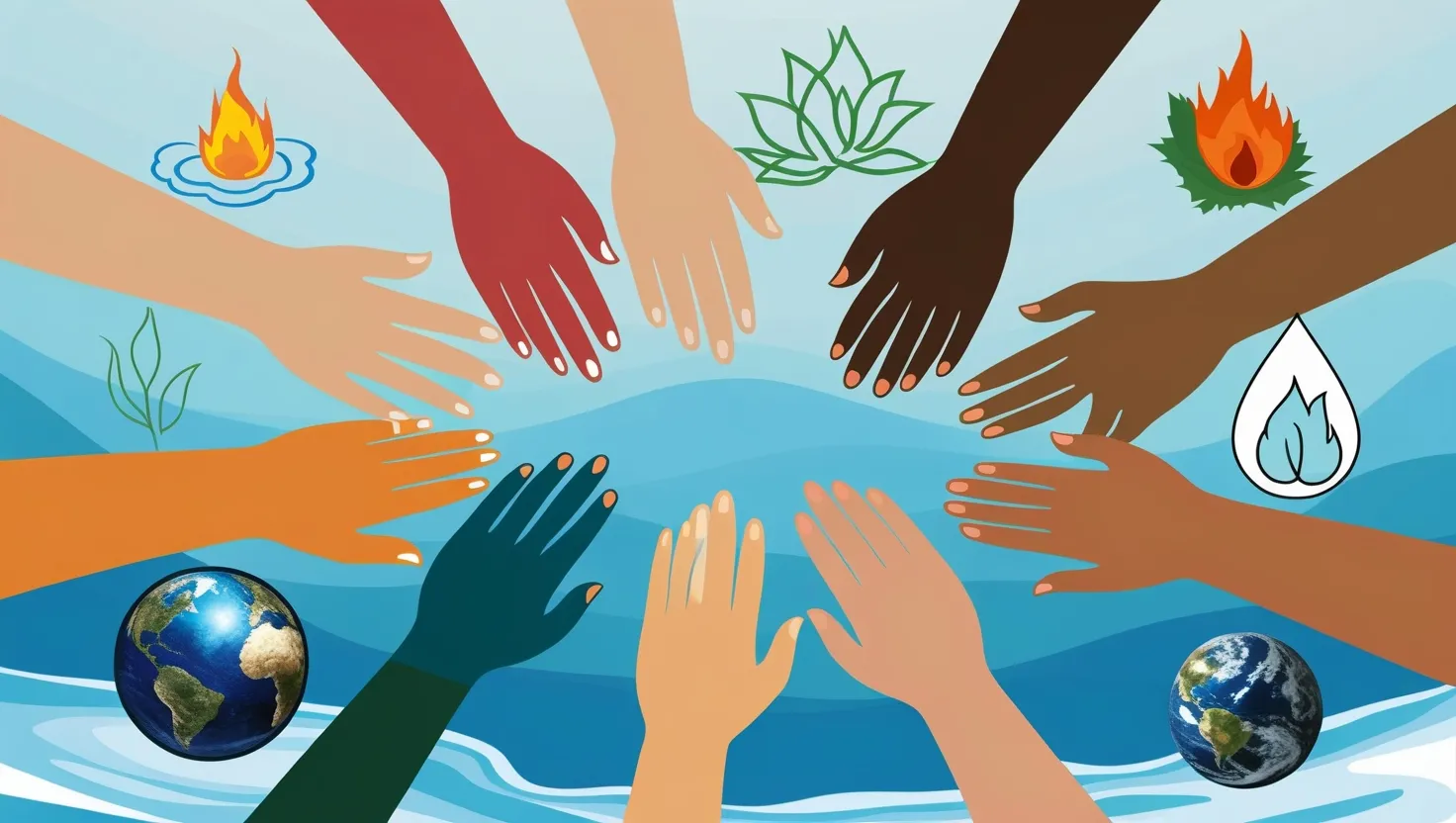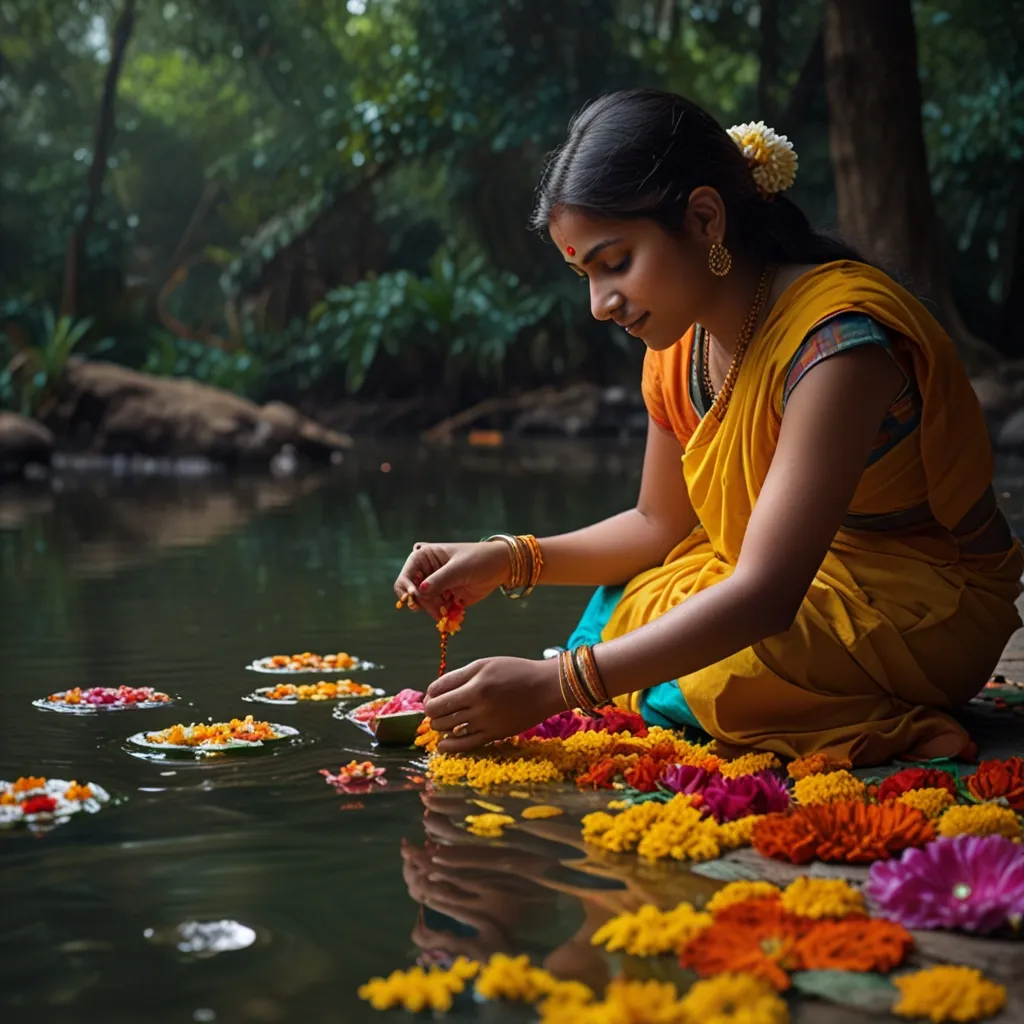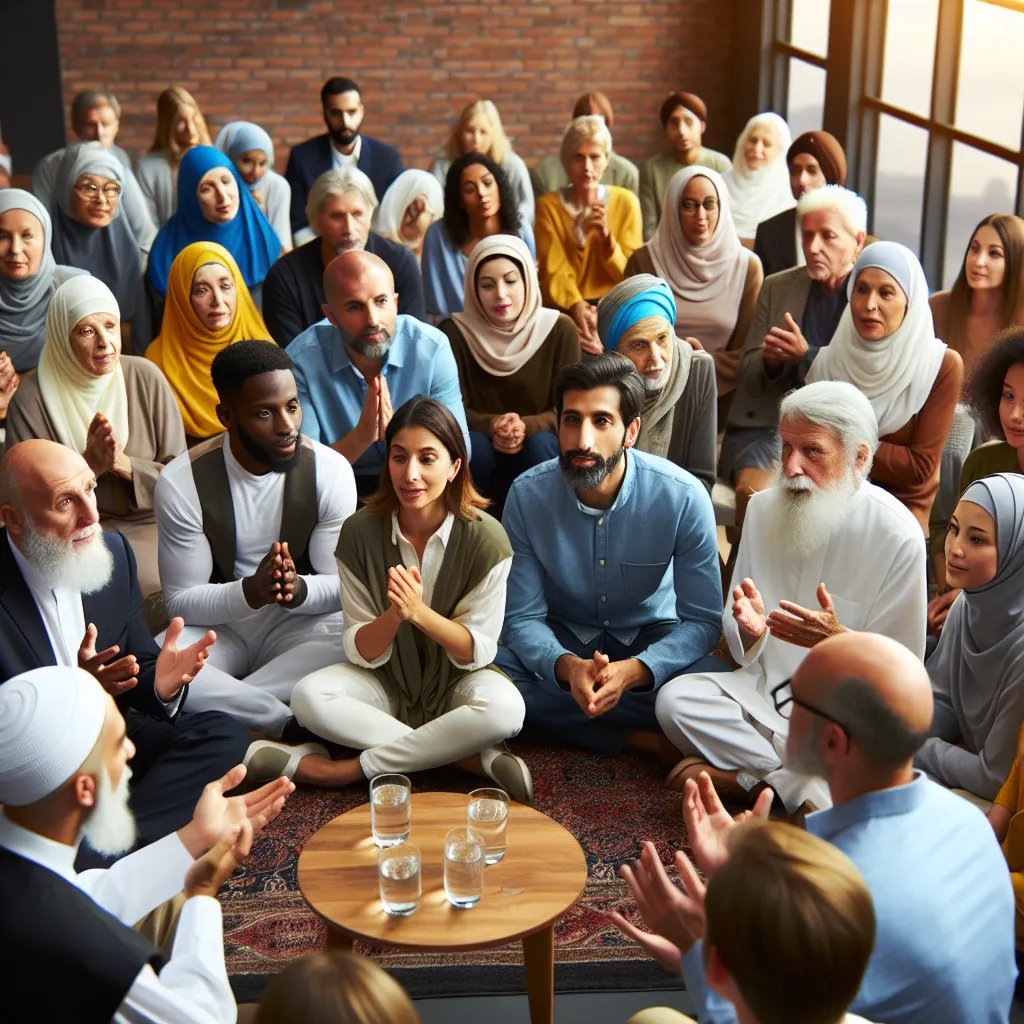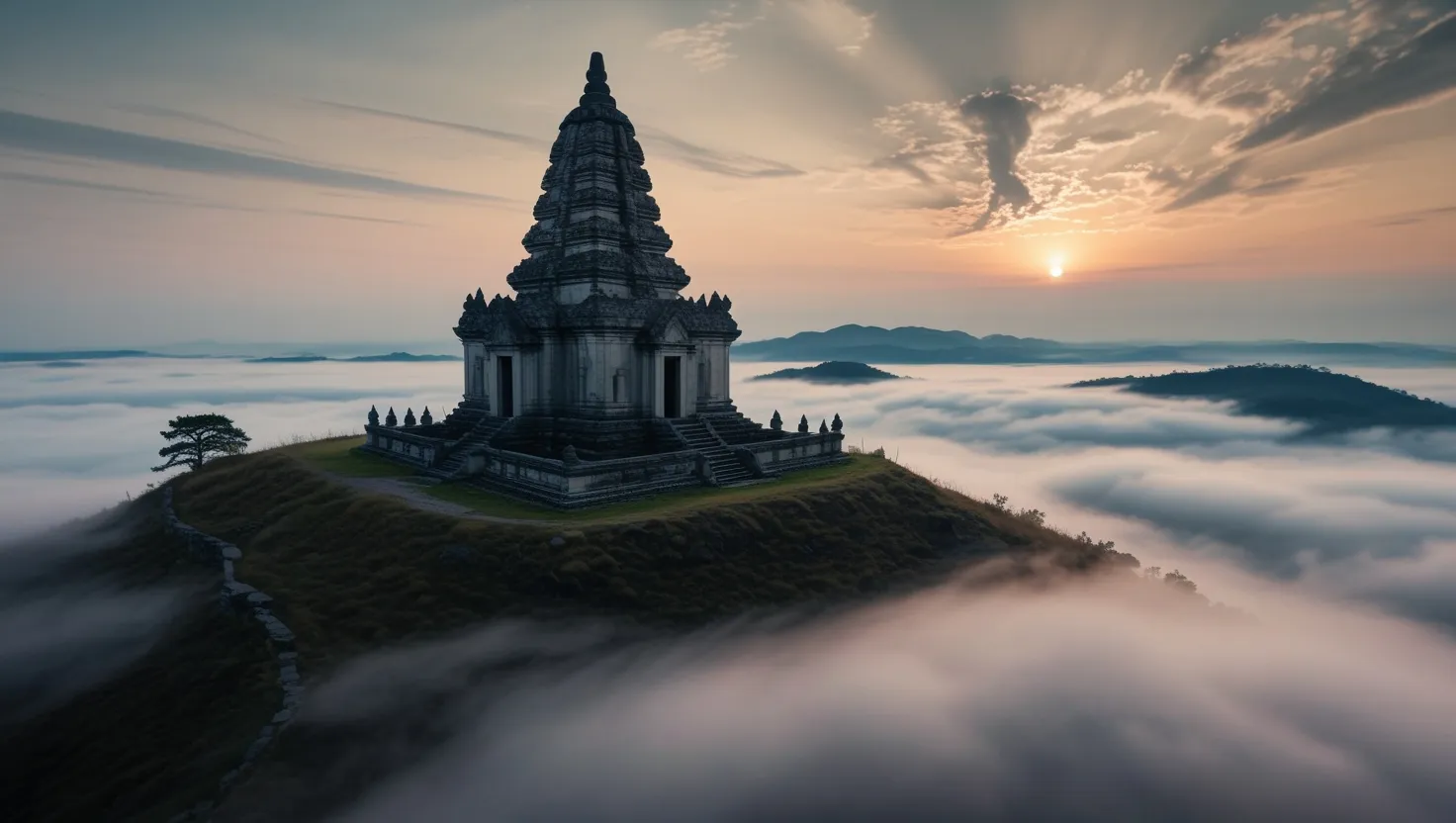Step onto any famous pilgrimage route, and you immediately sense the geography shifting beneath your feet. What could be just another trail, desert, mountain, or river suddenly burns with meaning. Each step tells a story older than memory, and each landscape turns into a living text. It’s as if stones, streams, and cities themselves whisper secrets to those who come looking for more than just physical destination.
I remember my first steps along the Camino de Santiago in northern Spain. The path wound across wheat fields, through mountain passes, and into medieval towns where every doorway felt like an invitation. Some travelers limped under huge packs, others set brisk paces, but almost everyone seemed to swap stories at day’s end. Why do so many chase this old trail? For me, the answer grew clearer with each blister: walking strips away the surface stuff. You arrive focused not just on the destination—Santiago’s mighty cathedral—but on the transformation of the journey. Fatigue pushes you inward. It’s no wonder that a modern poet described the walk as “the road itself demanding honesty from every traveler.”
What was once a medieval penance for Christians is now a global community, melting borders along the way. I’ve met people who expected to find God but found a deeper self. Others hoped for solitude but instead found lifelong friends as they shared food and laughter at rustic hostels. Would you rather finish fast or savor every moment, pausing at ancient shrines for reflection? The Camino quietly asks you to decide what kind of companion you’ll be on the road—humble, open, maybe even changed by others’ perspectives.
“Do not follow where the path may lead. Go instead where there is no path and leave a trail.” — Ralph Waldo Emerson
Across the world, the Hajj swells the streets of Mecca in a way that few outsiders understand. Picture more than two million souls, all aiming for the same sacred point. The movement isn’t random: everyone circles the Kaaba in perfect unity, reflecting a cosmic dance as ancient as Abraham’s story. One detail that always stands out? The identical white robes worn by all, erasing outward divides of wealth, status, or nationality.
What does it feel like to blend into that endless wave, knowing every person beside you is equal before the sacred? In those moments, identity shifts from individual to collective, and ritual transforms physical geography into a shared spiritual map. The steps echo histories—Muhammad’s final sermon, Hagar’s courageous run for water, Abraham’s devotion. This repeating journey isn’t just memory; it’s immersive theology. Practical movement becomes a living metaphor for submission, humility, and unity. Each year, social boundaries fade, replaced by a sense of belonging to something bigger than any single person.
I always ask: can you imagine stepping outside all that defines you—language, country, status—and walking as one among millions, all seeking the same meaning? Do you think that kind of unity leaves an imprint that endures after the journey ends?
The Hindu tradition of tirtha-yatra offers another dimension to how landscapes shape faith. Instead of one destination, here the journey itself is a kind of moving sanctuary. Pilgrims flock to river banks, climb Himalayan trails, or approach remote temples, often subjected to intense physical hardship. One spring, I watched as throngs bathed in the Ganges at Varanasi, believing the waters washed away lifetimes of karma. The river’s geography is not incidental—it matters deeply, believed to flow from the heavens themselves.
Communities form spontaneously during these travels. Despite caste or language variations, pilgrims share food, laughter, and burdens along the way. Barriers dissolve. If you spend a sunrise surrounded by strangers in prayer, you’re likely to feel part of a rare fellowship, however fleeting. What does it mean when geography itself becomes holy—when mountains and rivers are not just backdrop but active participants in spiritual change?
“Faith is taking the first step even when you don’t see the whole staircase.” — Martin Luther King Jr.
Many overlook the ways tirtha-yatra shifts social arrangement. For centuries, travelers from the lowest and highest classes walked side by side, united by devotion and fatigue. The effort itself is the offering. Why would people choose months of travel and discomfort? At one level, it’s the belief that effort opens doors to grace. At another, it’s about learning that strength and humility go hand in hand.
Traveling through Japan, I once traced part of the Shikoku pilgrimage. This route links eighty-eight Buddhist temples across the island, following in the footsteps of the monk Kūkai. I walked with locals who measured progress by the number of stamps collected in their special books—each stamp a personal badge, yet also a testament to perseverance through changing landscapes. The walk itself becomes a meditation: every step is a prayer, and every view a lesson.
What struck me most was the way the journey favored process over achievement. The landscape is an open teacher; its hills, forests, and coastal paths invite contemplation. Have you ever wondered what it would be like if you could carry the calm of a morning temple visit back into city life? For many, this pilgrimage is less about a final arrival and more about the transformation that quietly builds as you walk. The connection between body and spirit is more direct; tiring feet become the measure of dedication, the act of walking becomes a spiritual practice.
“To travel is to take a journey into yourself.” — Danny Kaye
Some of the most profound pilgrimage rites I’ve encountered come from Native American traditions. Vision quests send young people alone into the wilderness, often fasting and vulnerable to the elements. The landscape here is not just symbolic—it’s integral. Being in isolation strips away distractions, sharpening awareness. What if the land itself, grass and sky and wind, could be your guide? In these quests, geography is more than sacred; it becomes the text from which wisdom flows.
The solitary nature of these journeys marks turning points in personal development. Physical discomfort and fasting aren’t just symbolic hurdles—they’re tools, meant to clear space for visions and connections with spirit guides. Why risk the discomfort and fear? The answer lies in transformation—emerging stronger, clearer, more attuned to a deeper purpose.
Native teachings call on us to listen not just with ears but with our whole selves. What lessons would we hear if we spent days sheltered by ancient trees or exposed to mountain winds? In these moments, the line blurs between map and memoir, between landscape and lifepath.
“If the sight of the blue skies fills you with joy, if a blade of grass springing up in the fields has power to move you, if the simple things of nature have a message you understand, rejoice, for your soul is alive.” — Eleonora Duse
Across traditions, one theme stands out strongly: the landscape isn’t merely a backdrop. It’s the stage, the script, sometimes even the main character. Urban planners marvel at the pop-up megacities that arise during events like Kumbh Mela in India. Here, millions pour into a small area, transforming riverbanks and farmland into temporary settlements with their own infrastructure, governance, and rituals. These ephemeral cities mirror ancient ideas about cosmic order and human purpose.
The journey to Kumbh Mela is itself an act of faith, where old, young, rich, poor—everyone is bound together by longing for liberation. The ritual bath at the meeting of rivers is more than symbolic; it’s believed to change the very course of one’s life. The landscape, with its precise geographical alignments, supports spiritual transformation in ways as old as civilization.
What if the temporary cities we build during pilgrimages are practice grounds—places to test new forms of community, to experiment with ways of caring for one another? The bonds formed over shared hardship can sometimes outlast the physical journey itself. The question persists: If geography is made sacred only by human engagement, then how might our daily travels become more meaningful, one mindful step at a time?
“Wherever you go becomes a part of you somehow.” — Anita Desai
At heart, pilgrimage is a conversation between belief and geography. The world’s sacred maps ask us to see that place and movement matter. Each tradition—whether it’s the long road to Santiago, the circles of Mecca, the rivers of India, the temples of Shikoku, or the mountains of a vision quest—teaches that physical effort opens windows to spiritual change.
If you were to plot your own sacred route tomorrow, where would you go? Would you choose the familiar or the wild? What might you shed along the way, and what truths might you uncover? The answer, I’ve found, often waits in the spaces between breath and step, between fatigue and renewal.
Perhaps the greatest lesson I’ve learned is this: sacredness flows not only from the destination, but from the weaving together of journey, community, and place. In letting geography shape sacred encounter, we remind ourselves that meaning is everywhere—if we’re willing to walk, listen, and allow the world to transform us.






